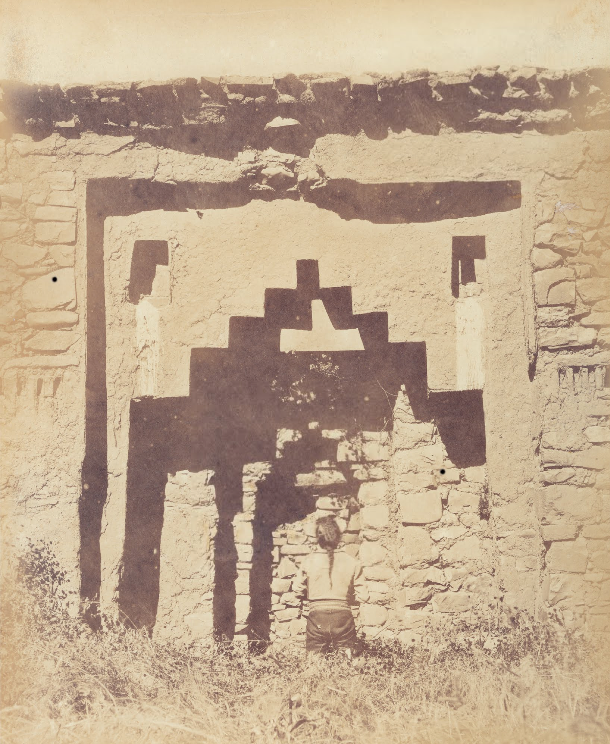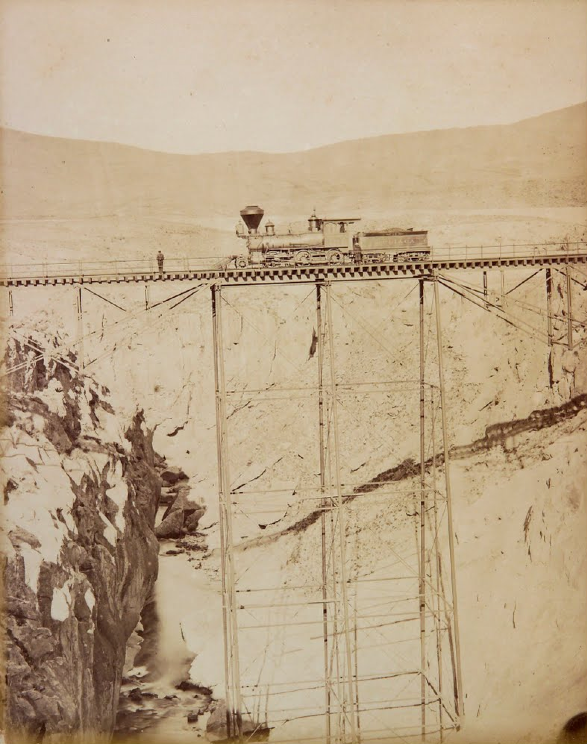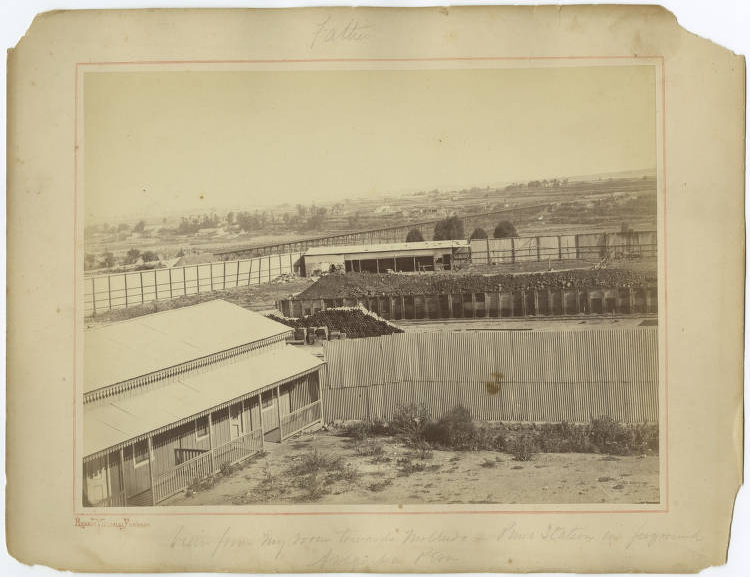Despite the research done by many authors on the history of Andean people and their culture, and some research done on the history of Latin American photography, little is known about the Villaabla’s Péron et Bolivie – Types et Costumes album. It is my contention that in order to understand how commercial photography altered and perpetuated an image of Andean people, it is necessary to understand the influences of the nineteenth century mindset and the business of photography. The album Péron et Bolivie – Types et Costumes, consists of two hundred cartes de visite ca. 1860 on Aymara and Quechua Indian types. The symbolic clues within the images, and nineteenth century cultural attitudes, as suggested by the handwritten text, imply that categorization of Villaalba’s sitters as types of people that could be seen in Péru and Bolivia. My examination and analysis of the album aims to interpret the images through a variety of disciplines that include photography, anthropology, and sociology. By investigating the Péron et Bolivie – Types et Costumes album, I hope to contribute research about the album, create an awareness of its existence, and provide an examination of Villaabla’s work that will help others investigate similar topics.
Patricia G. Peña
MA Thesis – Photography Preservation and Collections Management
A large collection of circa-1870 cartes de visite by Arequipa-based Ricardo Villaalba was recently rediscovered and sheds some light on the world of photographers of the period. Although their subject matter was obviously influenced by the limits of the technology and the class interests of their customers, the collection also shows their awareness of the artistic possibilities of their medium. Assembly-line portraits of middle- and upper-class patrons paid the bills, but Villaalba found time to take two hundred portraits, all in carte-de-visite format and many of them hand colored, of Indians–muleteers, weavers, shepherds, water carriers, house servants, messengers, foot soldiers, and field hands–who lived in La Paz and Oruro. Whether Villaalba expected to sell the canes as curios or was pursuing some artistic vision is unclear. Whatever his motivation, this extraordinary collection, which immortalized a pantheon of nineteenth-century Bolivian serfdom, passed into the hands of American naturalist Elizabeth Agassiz, who eventually donated it to Harvard University’s Peabody Museum, where it now resides.
Sources :
Google Art Project: http://www.googleartproject.com/artist/ricardo-villaalba/4125435/
Patricia G. Peña Thesis: http://digitalcommons.ryerson.ca/dissertations/259/


